11 A level capacity strategy is also known as a chase demand strategy Level and chase strategies are opposite approaches 12 An advantage of a "chase" strategy for aggregate planning is that inventories can be kept relatively low The chase strategy keeps inventories low 13 Linear programming models yield the optimal solution Linear programming models can find– Time flexibility from workforce or capacity strategy assumes labor pool can work variable hours (incl overtime), has lower inventory& utilization, – Level strategy – keep capacity & labor usage constant, either stockpile inventory or short orders as needed – Mixed strategy – a combination of one or more of the first three strategiesAn example of level capacity management could be the first step of the production of salt by evaporation (in Italy there is one industry like this in Salina) In hot countries, salt is produced by allowing the sun to evaporate sea water in shallow pools or 'pans';

Maintenance Capacity Planning Ppt Video Online Download
In order to use the level capacity strategy
In order to use the level capacity strategy- Under the chase strategy, production is varied as demand varies With the level strategy, production remains at a constant level in spite of demand variations In companies that produce to stock, this means that finished goods inventory levels will grow during low demand periods and decrease during high demand periods The lead strategy tries to anticipate future required capacity and expands capacity to meet it The lag strategy only expands capacity when present capacity is fully used Both have a high risk of not providing required capacity The match strategy closely tracks capacity use and incrementally increases capacity as needed




Operations Strategy With Examples Studiousguy
An IT strategy plan is a guiding document for a company's IT organization It defines the overall goals, the strategies that support those goals, and the tactics that are needed to execute those strategies Each section of the IT strategy plan focuses on one strategy and describes specific activities needed to implement that strategy Defining Business Level Strategies What is business level strategy?"Capacity is made up of the resources needed to serve customers, process information ot make products" Greasley (09) There are 3 strategies to manage the capacity which include level, chase and demand management strategy
Level Production Strategy We are going to find the requirements for the entire period of the plan and also produce the average amount that is needed per month in order to meet the plan First we are going to determine the total average requirements per month Avg requirements = total number of requirements – opening inv closing invThe level capacity strategy, the focus is on the process where product output remains at a somewhat fixed level and increases/decreases in demand are satisfied through strategic decisions of utilizing inventory (maintain buffer stock), outsourcing and backorders In comparison to level capacity strategy is adjusting capacity to followThe overall objective of strategic capacity planning is to reach an optimal level where production capabilities meet demand Capacity needs include equipment, space, and employee skills If production capabilities are not meeting demand, it will result in higher costs, strains on resources, and possible customer loss
Explain about the level capacity strategy Level capacity strategy The organisation produces or manufactures at a constant rate of output avoiding any changes or fluctuations within customer demand levels This frequently implies stockpiling or higher holdings of inventory while customer demand levels reduceThe chase strategy has the highest peak capacity requirement This means that facilities, both production and warehousing, will need to be larger than the other two strategies would require In addition, those facilities will not be 100% fully utilized, except for those rare occasions when you are at peak capacityHaving a 'happy hour' in a pub or restaurant is an example of which type ofcapacity management?




Capacity Planning Meaning Strategies Importance And Procedure




How To Implement Business Capacity Planning Strategies Steps
Capacity is usually measured in convenient units such as litres per hour or passengers per taxi For instance, a domestic tap may be able to deliver litres per minute of water;A) A level capacity strategy b) A demand management strategy c) A chase demand strategy d) A yield management strategyStrategies to Meet Uneven Demand Example Level capacity strategy Chase demand strategy 1) Level capacity strategy The organization manufactures or produces at a constant rate of output ignoring any changes or (rise/fall) in customer demand levels Advantages Utilization of operational resources at all times Efficient production levels can be held at a constant rate
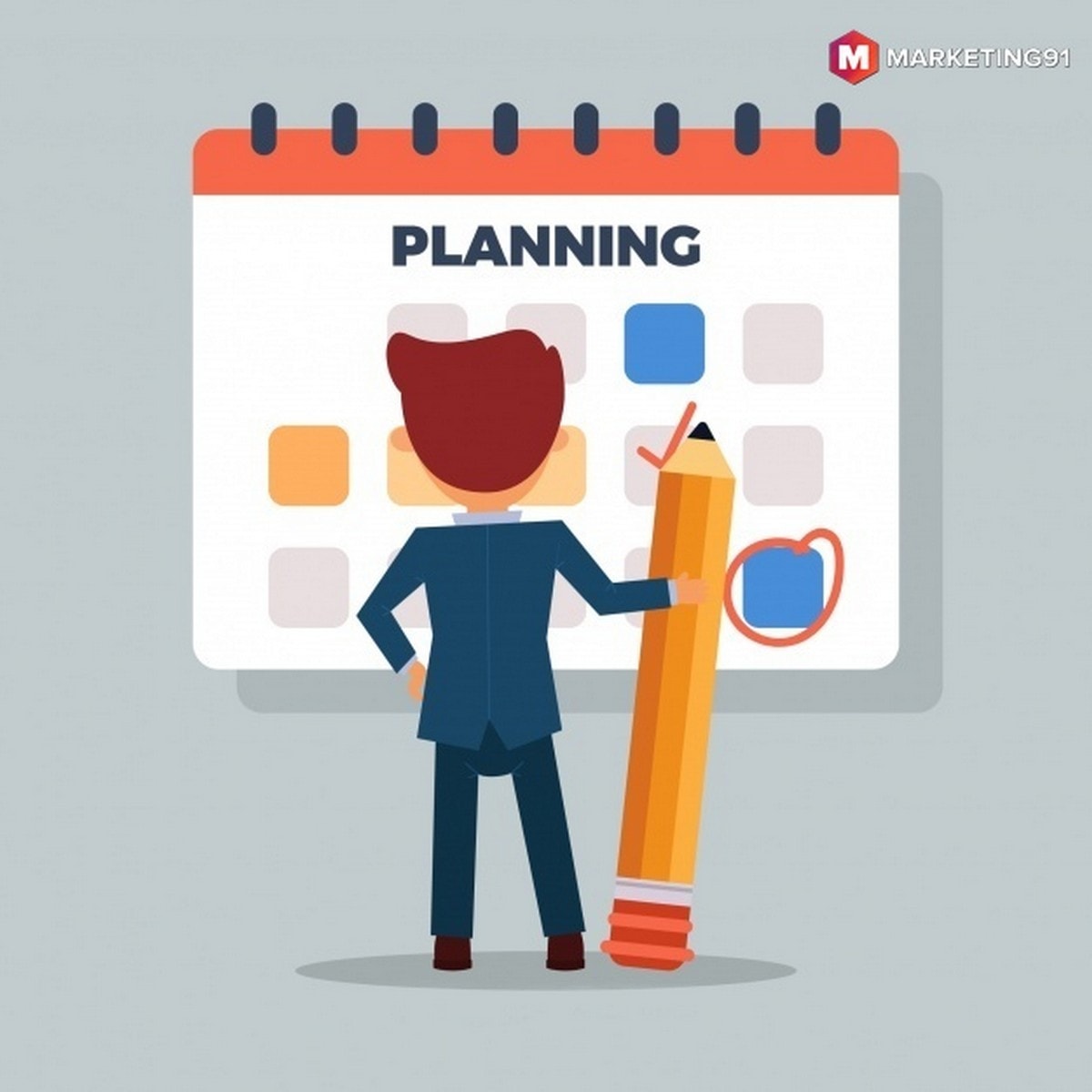



Capacity Planning Meaning Strategies Importance And Procedure




Maintenance Capacity Planning Ppt Video Online Download
Chase demand strategy can be defined as a strategy where the changes are made to the output according to the demand Here, the changes are in terms of increasing or decreasing the output in line with the rising or falling demand It involves matching the demand by hiring or firing the workers or by controlling the level of production and using Lag strategy is a conservative method of capacity planning that ensures your costs are as low as possible The potential downside to this strategy is that it can create a lag in the delivery of products or services to customers, which is where the name comes from The capacity of teams, business capabilities and processes This can include human resources, equipment, infrastructure, facilities and technology For example, an operations team plans the resources required to boost production by 10,000 units a day
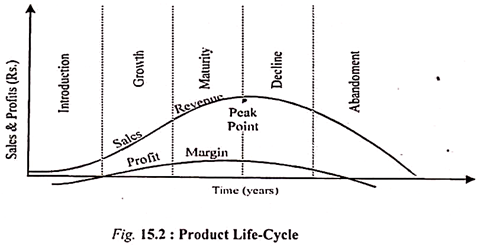



Product Life Cycle Stages 5 Stages With Diagram



Www Cbd Int Doc Pa Tools Capacity assessment and development Pdf
Strategic capacity planning Sales and operations Planning (S&OP) Sales plan Aggregate operations –Examples •labor hours of production •total number of units (in aggregate) –# of cars to make •Level strategy (constant work force, use inventory as buffer) •Chase strategy The three levels of strategy are Corporate level strategy This level answers the foundational question of what you want to achieve Is it growth, stability, or retrenchment?Capacity is often measured in hours available to be worked by employees And in this context, "planning" is the act of scheduling employee hours against a fixed or expected amount of work Example A company has 10 employees Each employee works 40
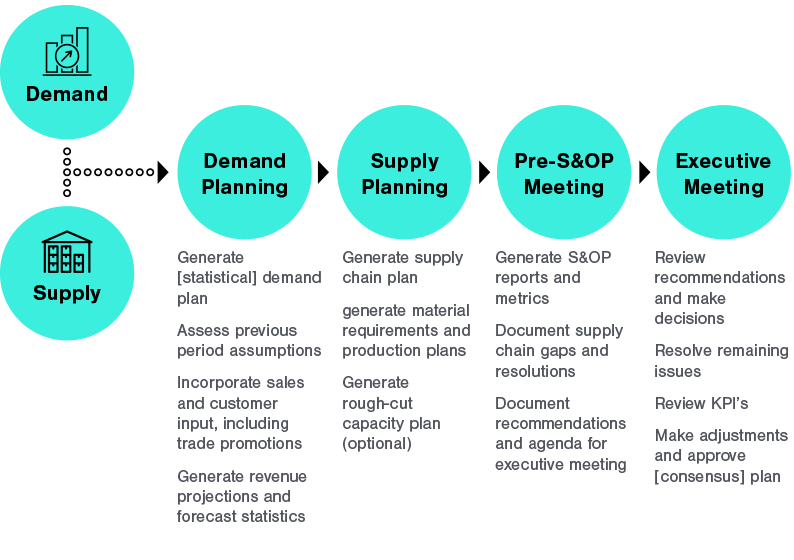



Implementing A Sales Operations Planning S Op Process Plex Demandcaster
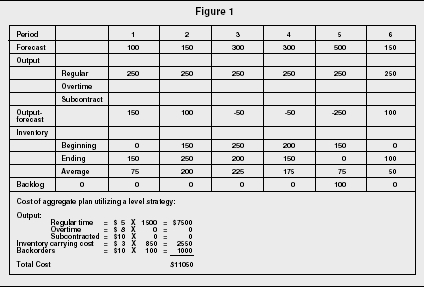



Aggregate Planning Strategy Organization Levels System Examples Model Type Company System
The chase strategy sets production equal to forecasted demand Many service organizations such as schools, hospitality businesses and hospitals, use the chase strategy The level strategy is mainly focused on maintaining a constant output rate This strategy is mainly adopted by manufacturing companies One of the strategic choices that a firm must make as part of its manufacturing strategy There are three commonly recognized capacity strategies lead, lag, and tracking A lead capacity strategy adds capacity in anticipation of increasing demand A lag strategy does not add capacity until the firm is operating at or beyond full capacityBusiness unit level strategy This level focuses on how you're going to compete




What Is Capacity Planning Examples Types Optimoroute
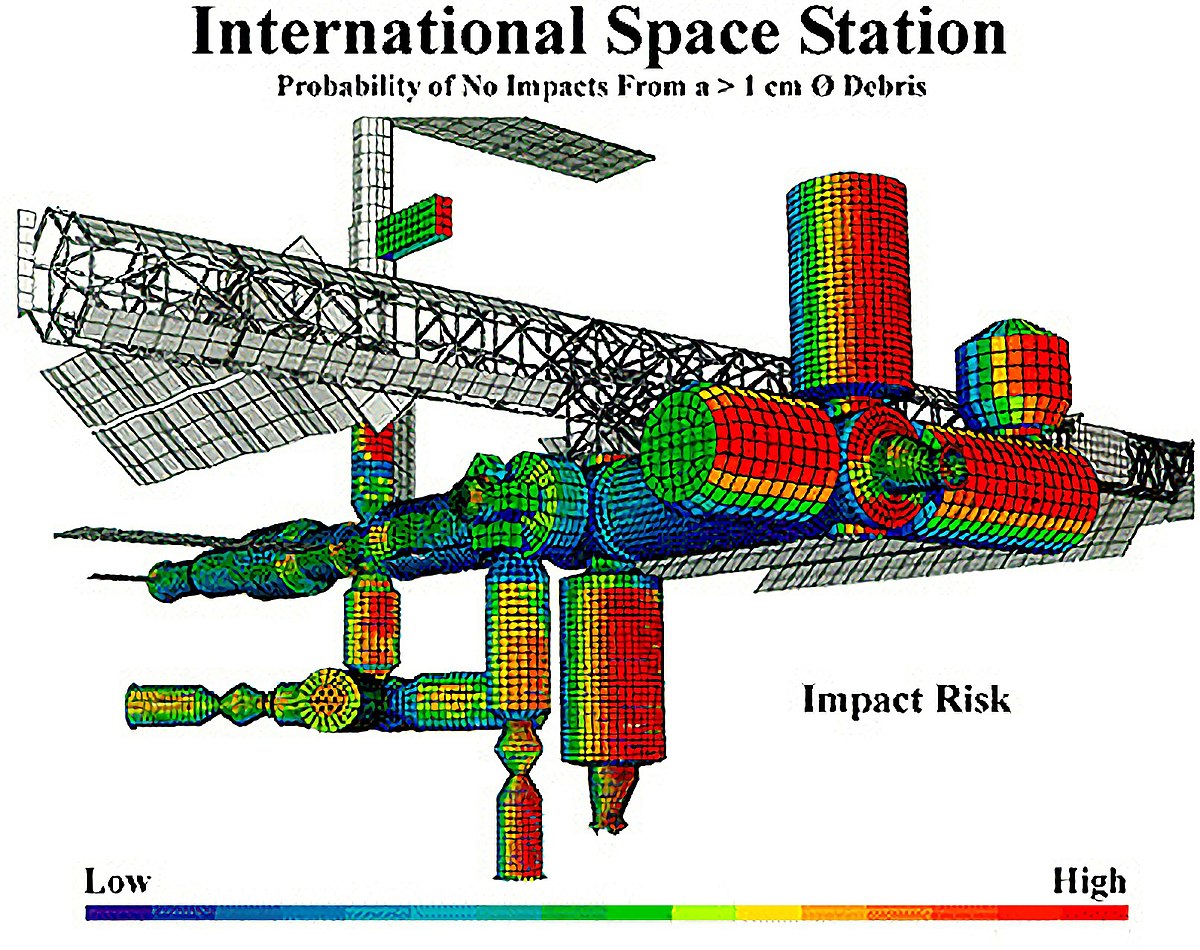



Risk Management Wikipedia
I varying output during regular time without changing workforce size (for example, using overtime) II Varying output during regular time by changing workforce size III We may classify the strategies to obtain an aggregate plan in the flollowing way MethodologyExcercise We are going to work with an exercise applying the 3 different methods (chase, level and mixed strategy) The exercise is Assume you are the operations manager of a firm that carries a single family of productsLevel Capacity Plan The inventory size is varied keeping the workforce size and utilization of work constant The number of workers ( working size) is kept constant throughout the time period under consideration During months of low demand the excess units required over the units produced are taken from the inventory
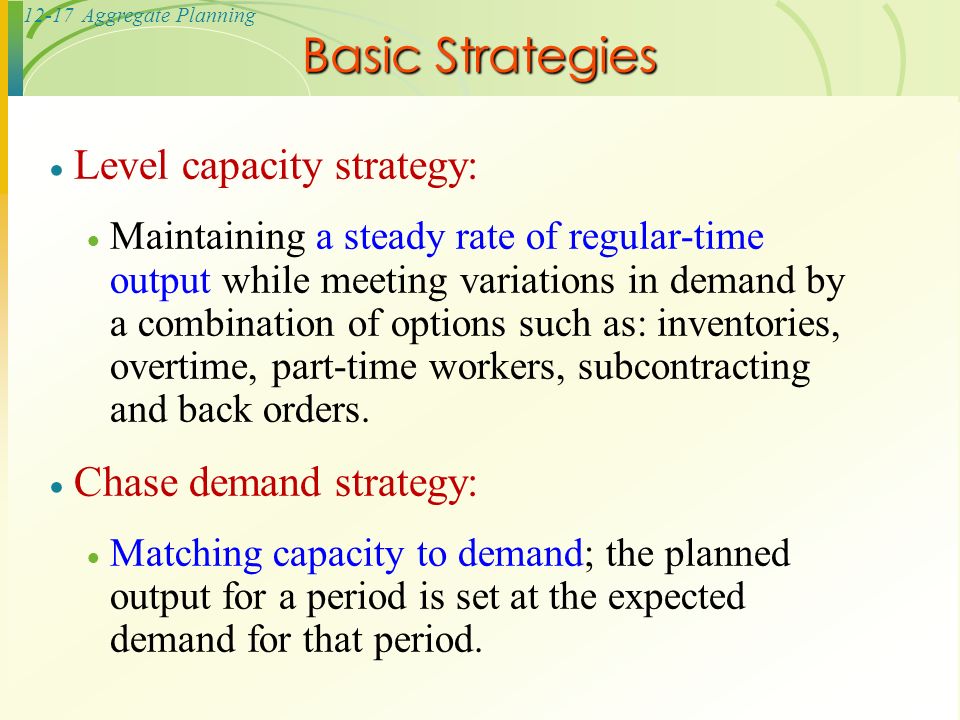



Operations Management Ppt Video Online Download




Strategic Management For Competitive Advantage
Capacity planning is a strategic process whereby a company determines what level of capacity it will need to satisfy the level of demand for its products or services over a period of time ThreeA firm should tend toward a levelcapacity strategy, particularly in its personnel policies, when employees are required to have high skill levels and to work with minimal supervision and must exercise personal discretion in dealing with customers Such jobs typically have high recruitment and training costs, so low turnover is essential TheseA business level strategy definition can be summarized as a detailed outline which incorporates a company's policies, goals, and actions with the focus on being how to deliver value to customers while maintaining a competitive advantage
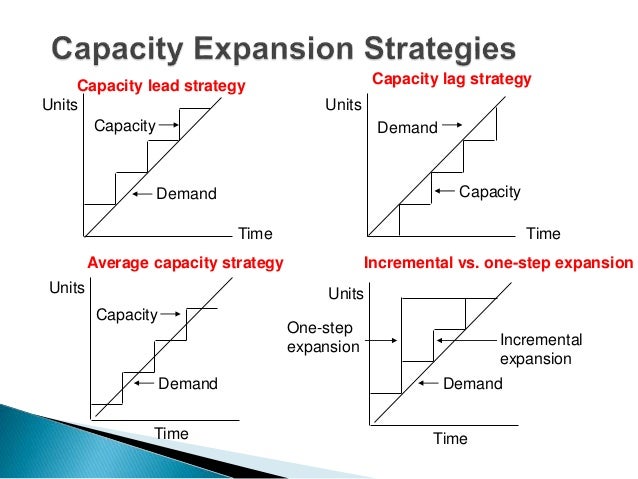



Capacity Management




How To Implement Business Capacity Planning Strategies Steps
For example, a company that made Halloween chocolates, may maintain a level schedule for 9 months of the year and then use a chase strategy during the weeks leading up to Halloween This hybrid method can be extremely useful in the right settingThe steps are in order Evaporation, Wash, Centrifugation, Grinding, Drying, Sack, Packaging, ShippingCAPACITY BUILDING STRATEGY The purpose is to achieve a high level of ownership and motivation on the part of GRZ 2 Capacity Assessment/Identification of Gaps/Needs At the beginning of the program, the team conducted capacity assessments to ascertain (For example, the initial capacity building plan targeted nationallevel GRZ staff
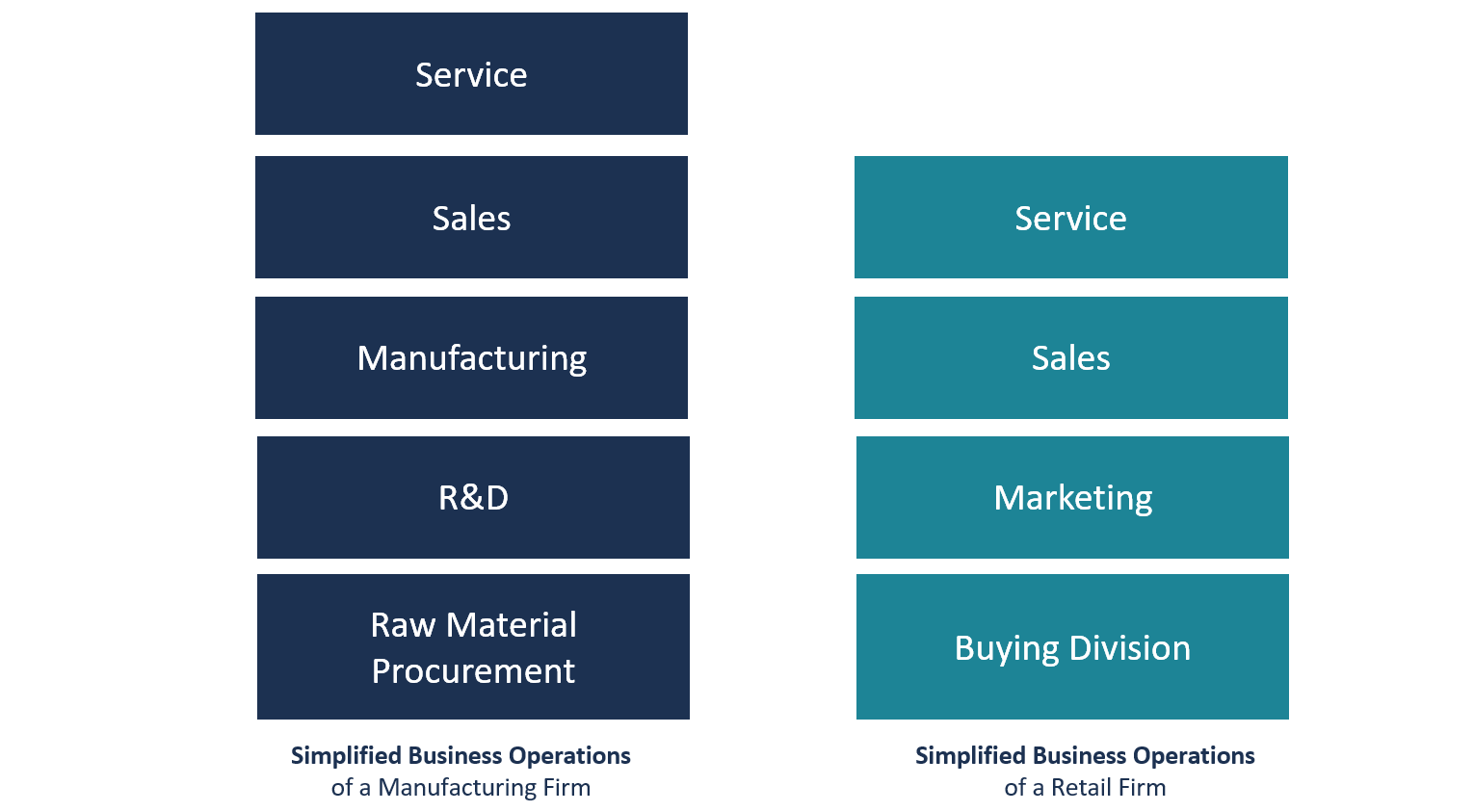



Business Operations Overview Examples How To Improve




4 Steps To Strategic Human Resource Planning Lucidchart
Inputs Period 1 2 3 4 5 6 Forecasted demand (Number of parttime workers 6 12 18 15 13 14 Example 1 Level strategy Each period is hours • From the beginningA) A level capacity strategy b) A demand management strategy c) A chase demand strategy d) A yield management strategy Question 9 Having a 'happy hour' in a pub or restaurant is an example of which type of capacity management?When using a "level capacity strategy" or "level production strategy" in aggregate planning, variations in demand are met by using which of the following options?




Coronavirus S Impact On Supply Chain Mckinsey
.PNG)



Process Landscape Aris Bpm Community
Chase Demand$519,550 Level Capacity Is Better) Month Apr May Jun Jul Aug Sep Oct Nov Forecast 4500 4400 60 6400 5800 6600 70 6900 Regular Production Cost $102 days ago An approach to aggregate planning that attempts to match supply and output with fluctuating demand Depending on the product or service involved, the approach can incur costs by the ineffective use of capacity at periods of low demand, by the need to recruit or lay off staff, by learningcurve effects, and by a possible loss of quality The advantages include low storageIn other words, Manager A is tied to the "chase demand" strategy, and his counterpart, Manager B in the adjacent office, is locked into the "level capacity" strategy




3 Types Of Capacity Planning Strategies Valq
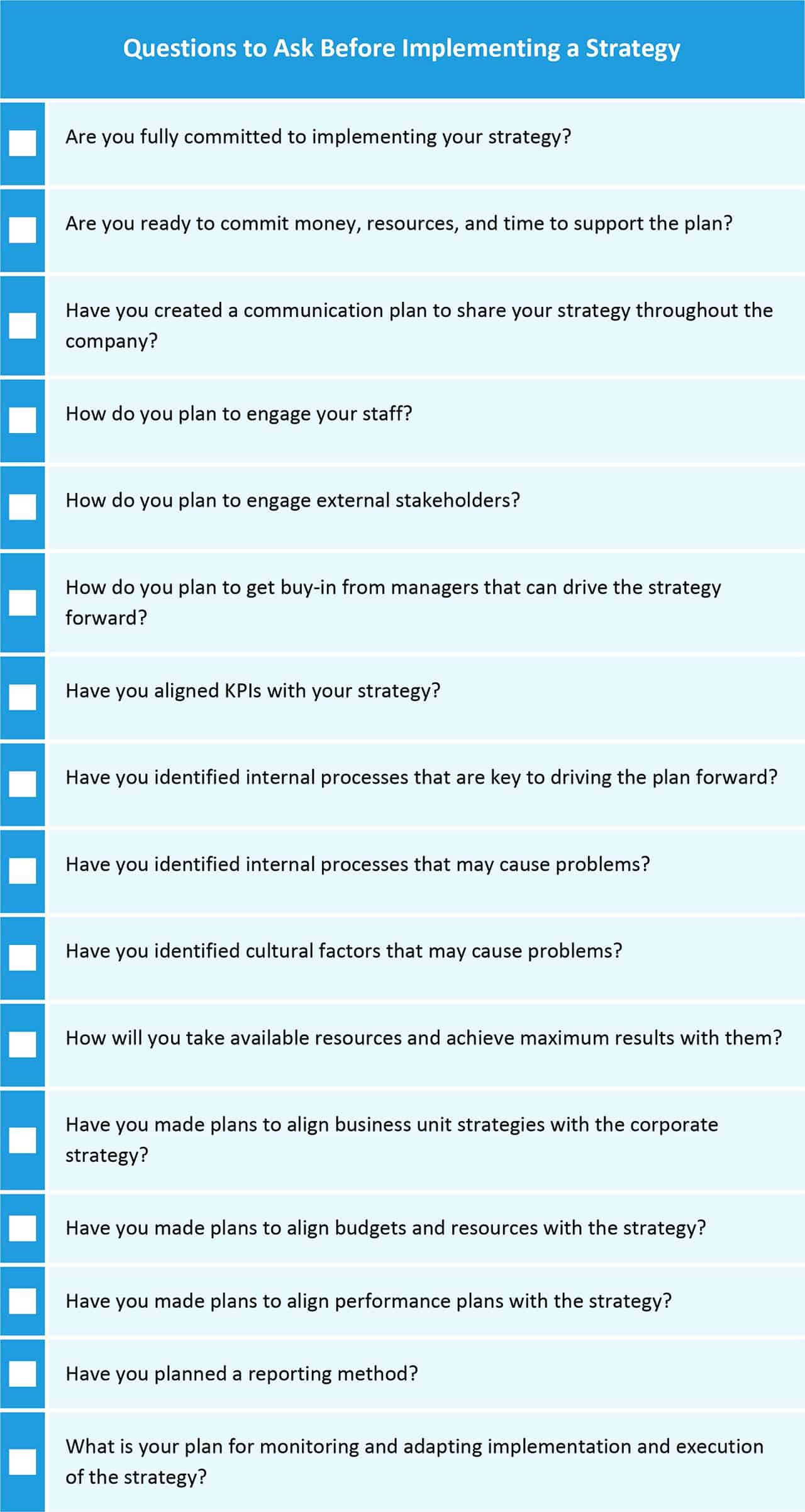



Complete Guide To Strategic Implementation Smartsheet
In The Following Example, Determine Which Strategy Is More Economically Meets The Demand (A) Level Capacity Strategy Or (b) Chase Demand Strategy (Answer Level Capacity$503,550;For larger companies with multiple business units there is a 4th higher level of strategy, Corporate Strategy, which is about the allocation of capital and resources across business units/models, and the harvesting of synergies through centralization of functions, shared sales and marketing spend, M&A, customer synergies, etc Understanding which level of strategy you are solving for isFunctional level strategies will be specific and will apply to a variety of functional areas (departments) For example, building on the diversification example, the functional level strategies that support that business level strategy might be R&D Redesign product Marketing Implement new advertising plan
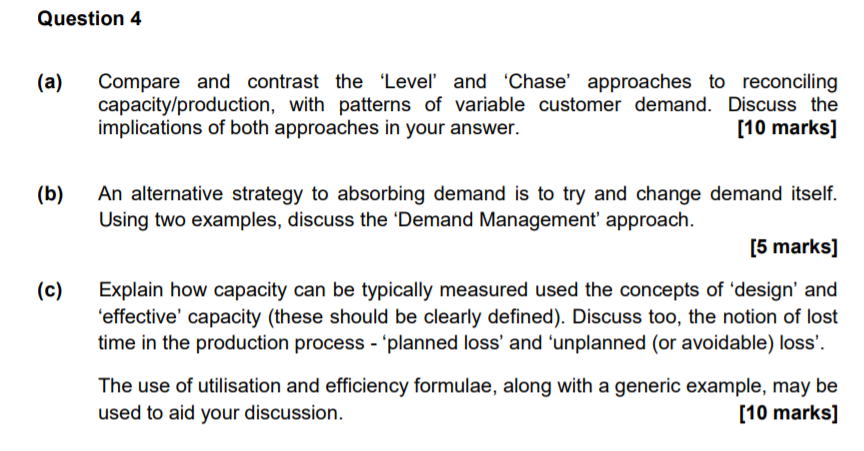



Question 4 A Compare And Contrast The Level And Chegg Com
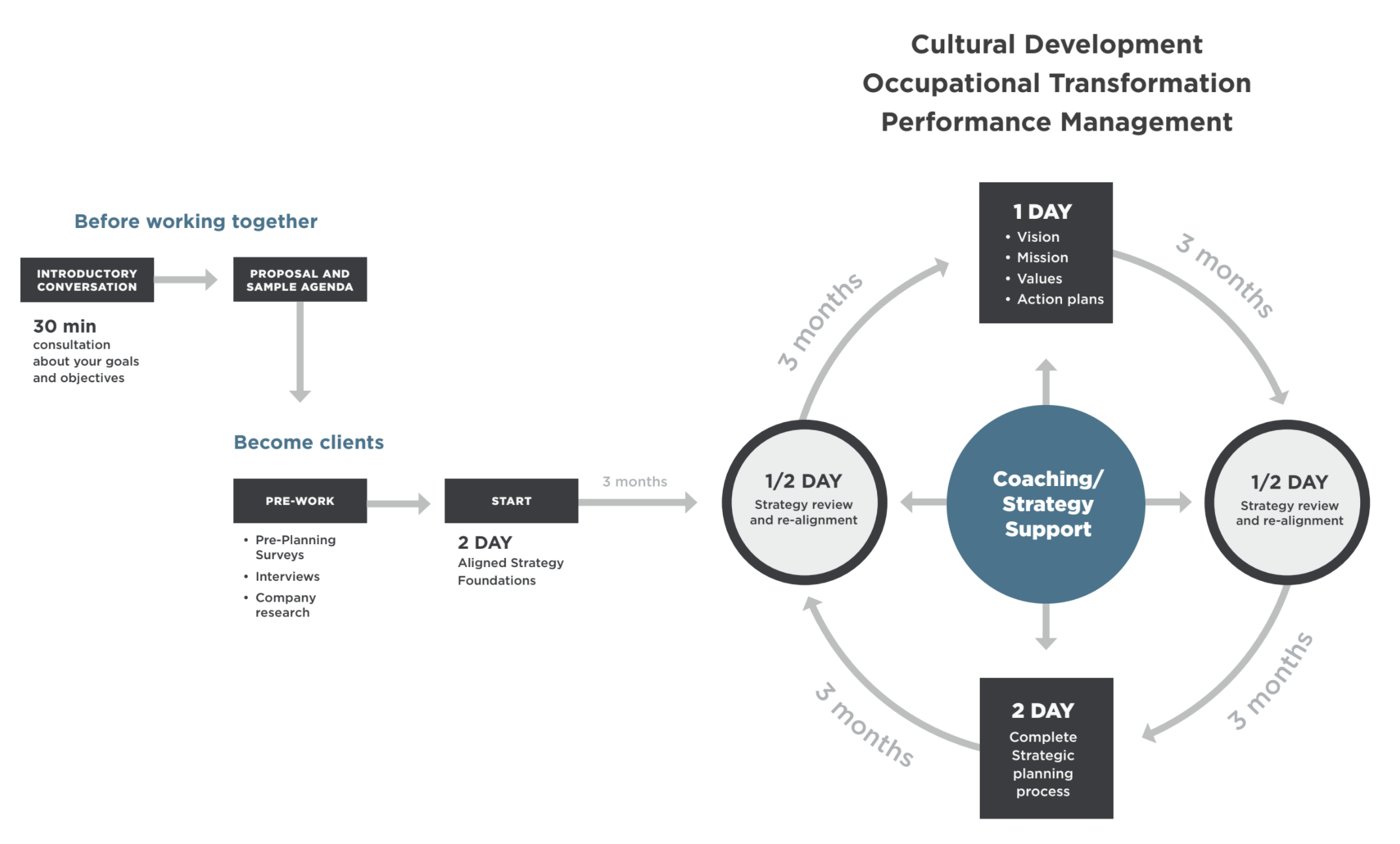



Strategic Goal Examples For Use In Your Strategic Plan And Balanced Scorecard
A a level capacity strategy B a demand management strategy c a chase demand strategy d a yield management strategy Discussion d a yield management strategy In the mass production era there were 4 types of operations processLEVEL STRATEGY A level strategy seeks to produce an aggregate plan that maintains a steady production rate and/or a steady employment level In the context of the problem posted by you following the level strategy means incurring additional subcontracting costs at least twice This is to offset the shortfall in production because of the levelThe advantages of the level capacity strategy include 1 The utilization of operational resources throughout the year 2 Efficient level of production can be maintained 3 Decreases the marginal cost The disadvantages of the level capacity strategy include 1 If there is any change in the demand of the customer there is a risk of




Quick Guide How To Write A Strategic Plan Smartsheet



Is Muni Cz El Econ Jaro09 Phom Um Chapter 11short Pdf
Capacity planning strategy involves the process used to determine the resources manufacturers need to meet the demand for their products or services The level of capacity directly relates to the amount of output in the form of goods and services manufacturers can produce to satisfy customer demand Capacity planning strategies can guide Capacity Planning It's pprove/cancel projectsThis revision video provides an overview of the concept of capacity, capacity utilisation and some of the issues facing businesses operating at low or high u




Everything About Capacity Planning Strategies Its Benefits




Strategic Capacity Planning Introduction To Operations Management
A bus may have a capacity of 53 passengers, a football stadium may be able to seat 50,000 spectators or a McDonalds may be able to serve 600 customers per hour




Doc Capacity Planning Richa Verma Academia Edu




Entries For Thursday 25 October 07 Sergio S Blog




Types Of Control Boundless Management
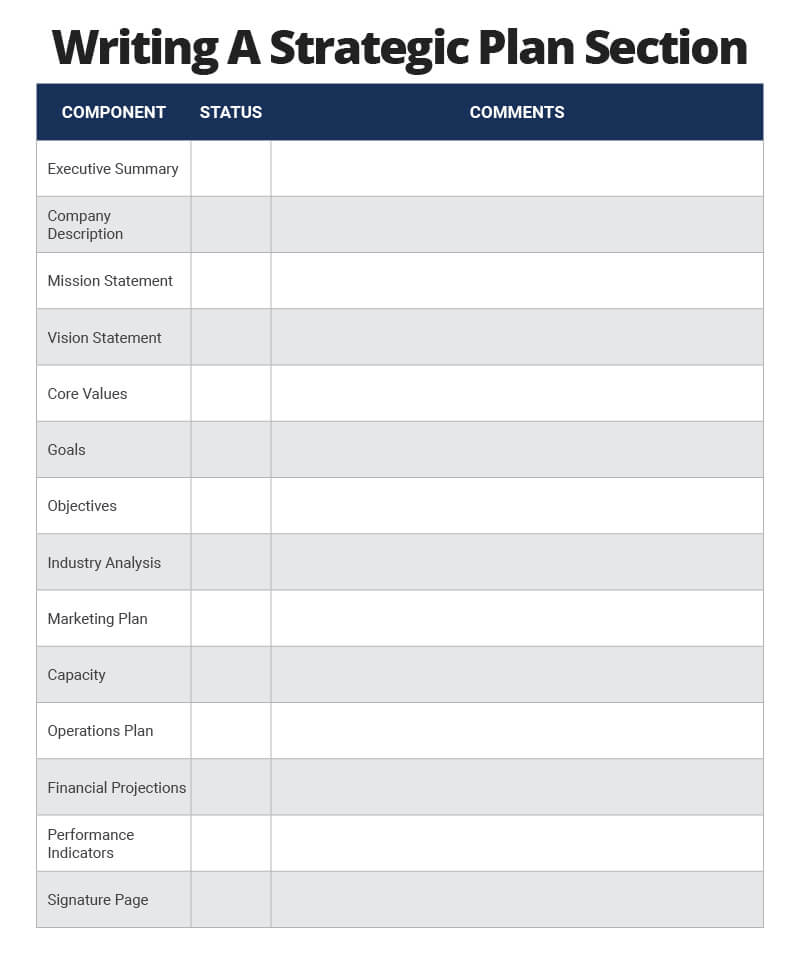



Quick Guide How To Write A Strategic Plan Smartsheet
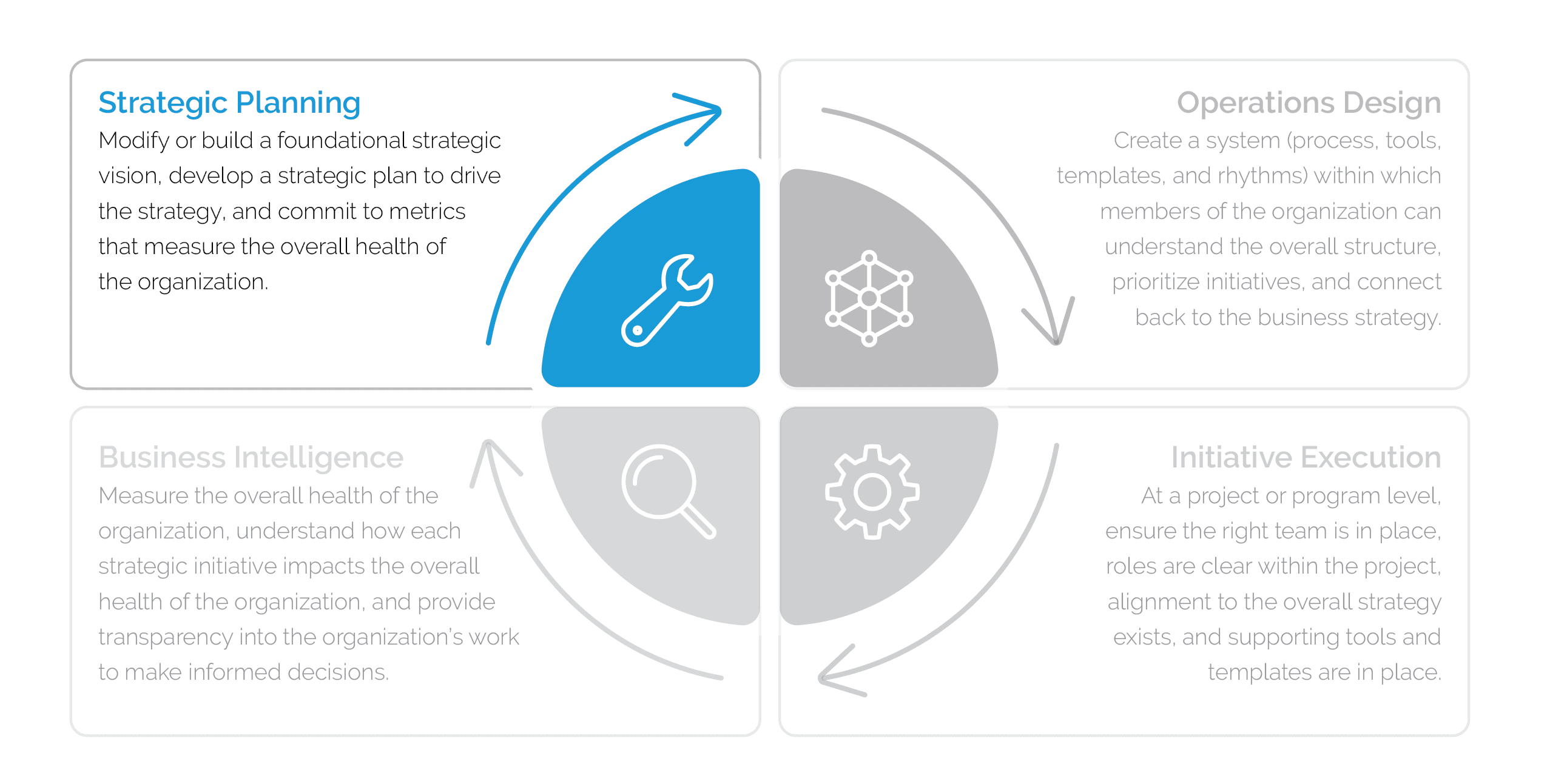



6 Elements Of Effective Strategic Planning




Do Not Copy Chapter 10 Capacity Management In Service Operations Ppt Download



Master Production Schedule




Operations Strategy Capacity Strategy Ppt Video Online Download




Internal And External Growth Strategies Explained With Examples B2u



How To Build Career Pathways At Your Organization The Management Center
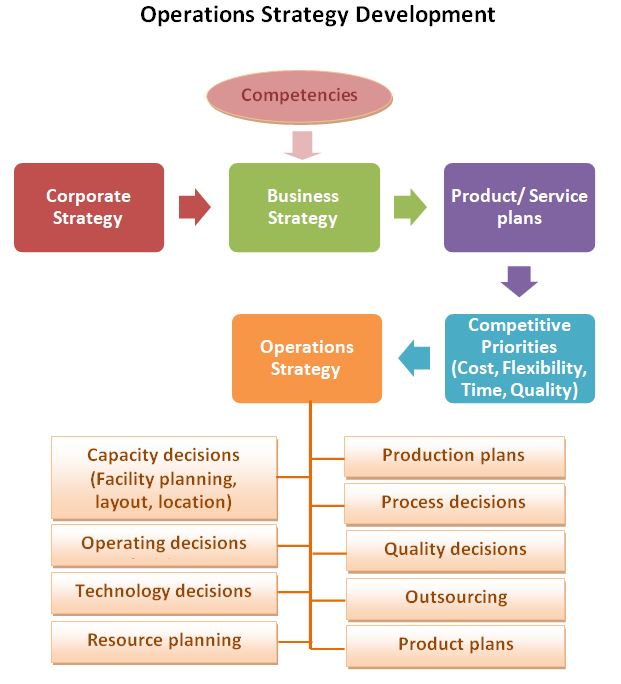



Operations Strategy With Examples Studiousguy



1




Common Types Of Corporate Strategies Boundless Management




3 Types Of Capacity Planning Strategies Valq




Capacity Planning Meaning Classification And Its Goals
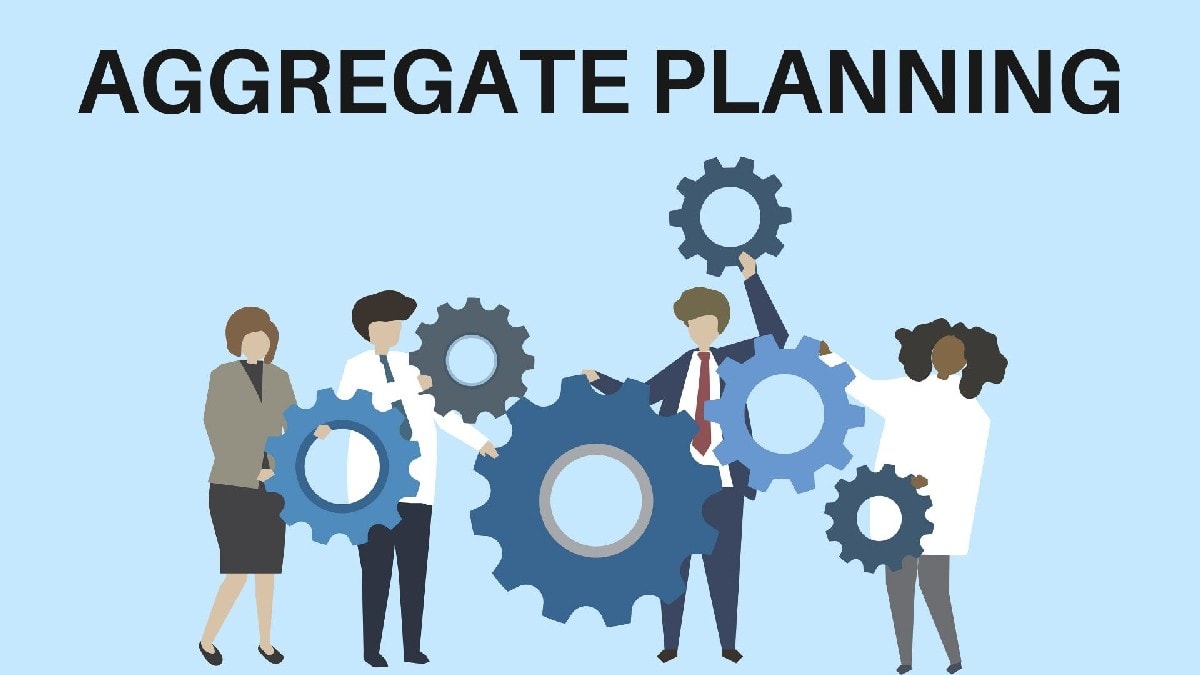



Aggregate Planning Definition Importance Strategies Management And Advantages



Is Muni Cz El Econ Jaro09 Phom Um Chapter 11short Pdf




What Is Resource Management Why Is It Important




Coronavirus S Impact On Supply Chain Mckinsey
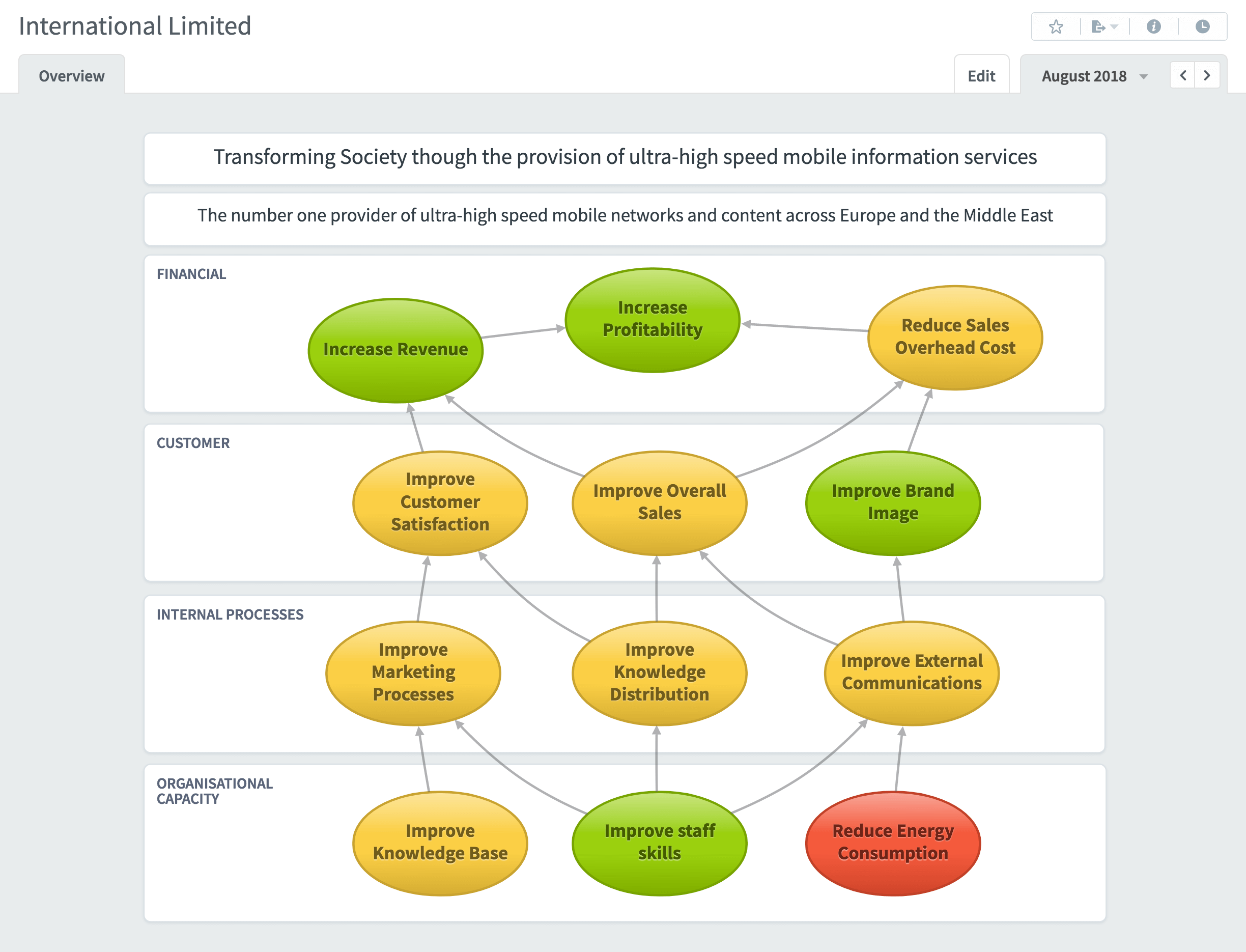



Balanced Scorecard What Is The Balanced Scorecard



1



9 Business Roadmap Examples For Scaling Your Organization




4 Capacity Strategy




Everything About Capacity Planning Strategies Its Benefits
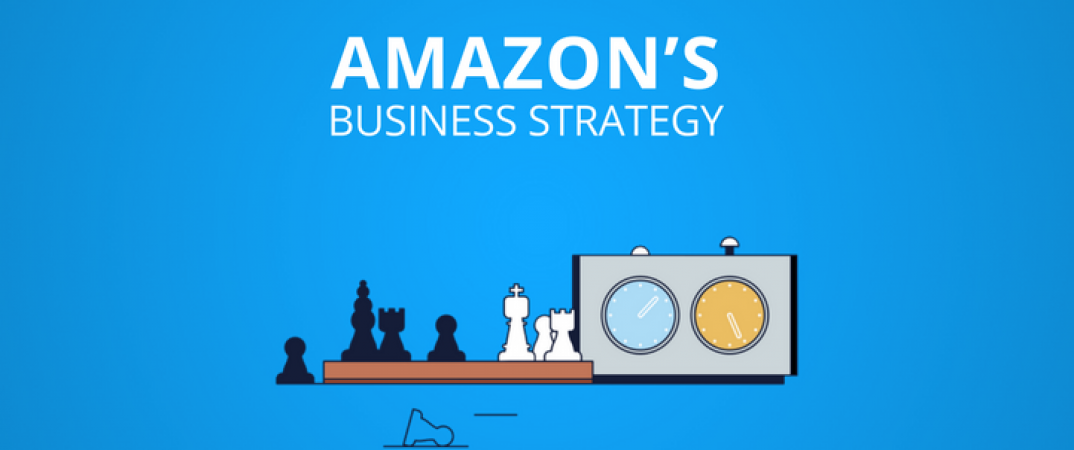



Amazon Business Strategy Insights Of Its Core Operations And Investment




Action Plan Federal Data Strategy




What Is Capacity Planning Examples Types Optimoroute
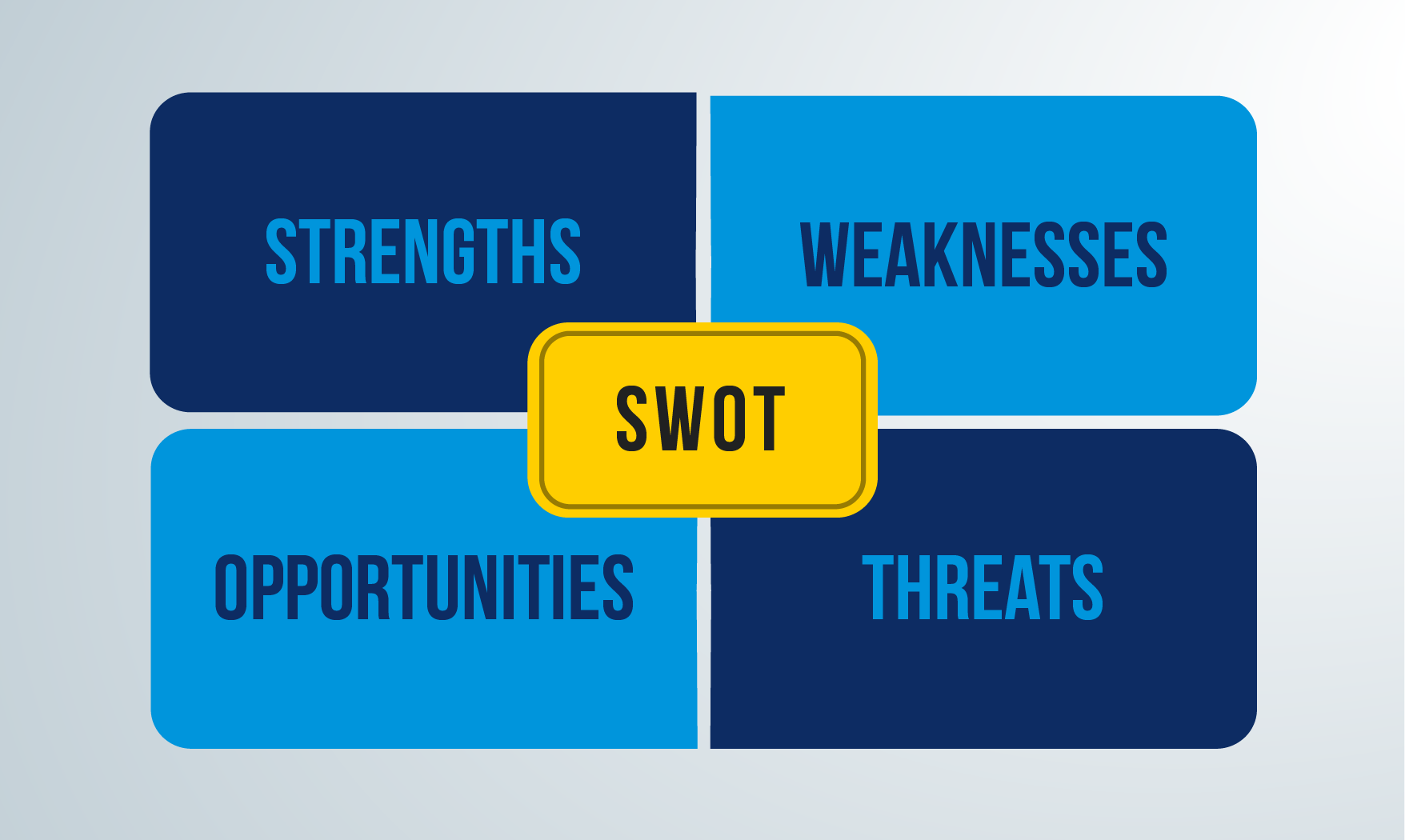



What Is Strategic Analysis Questionpro
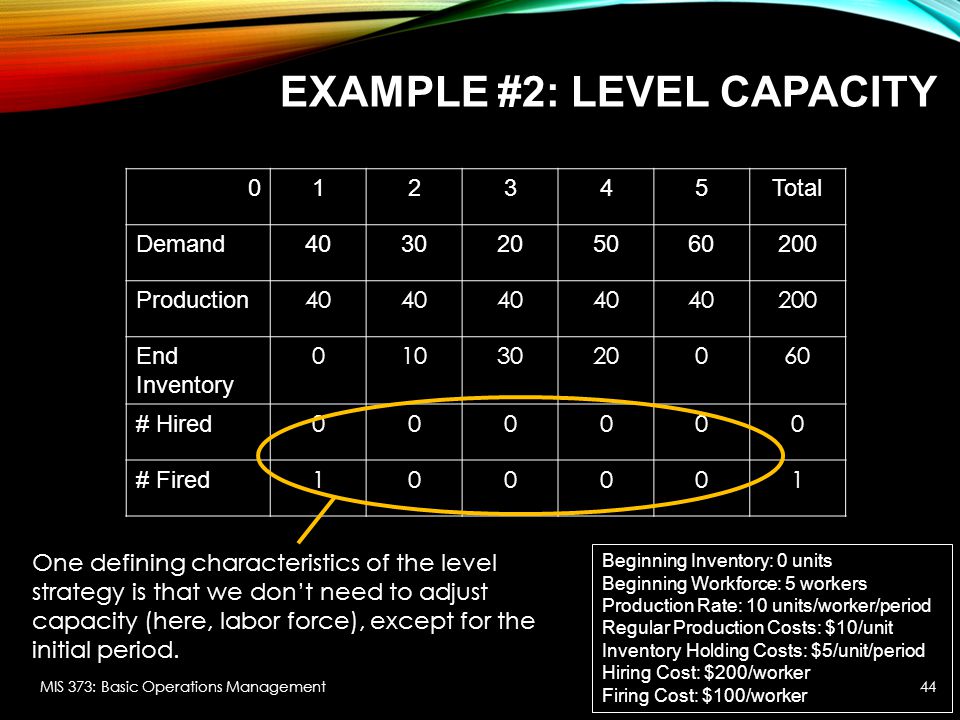



Aggregate Planning Chapter 11 Mis 373 Basic Operations Management Ppt Download
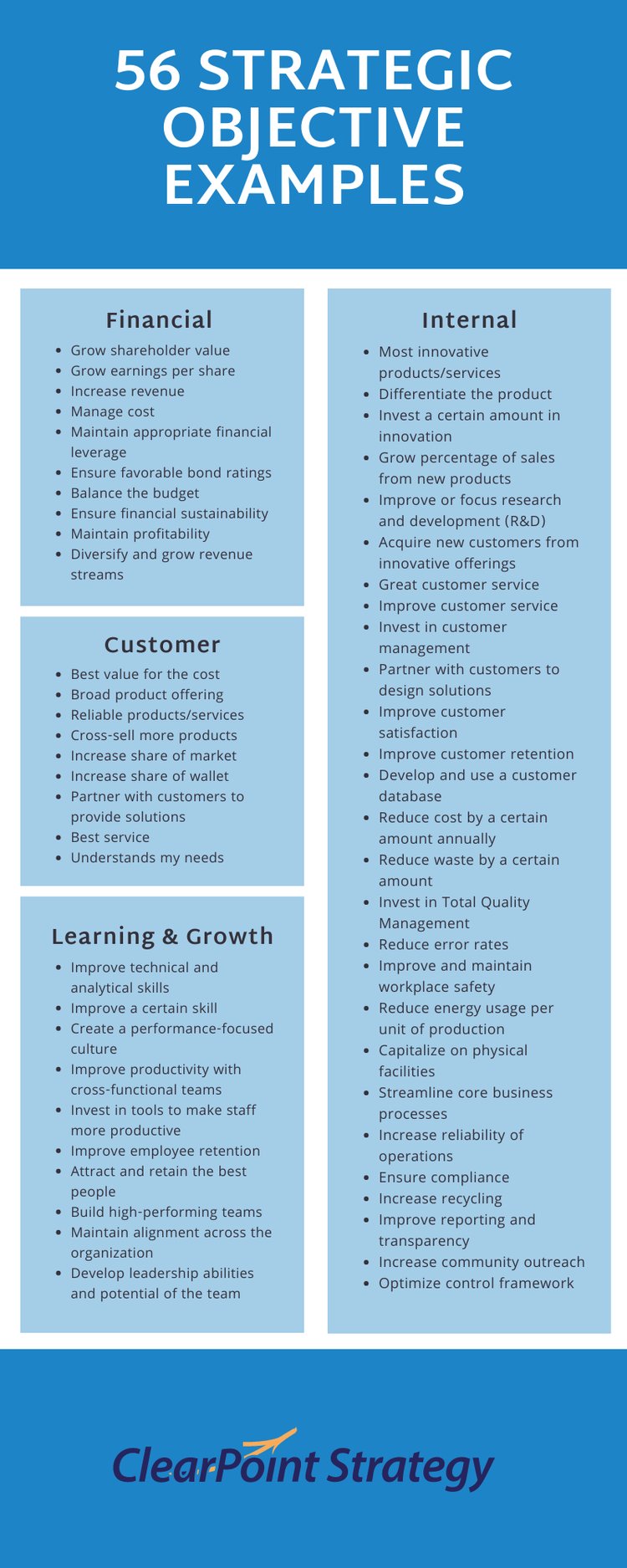



56 Strategic Objective Examples For Your Company To Copy Clearpoint Strategy
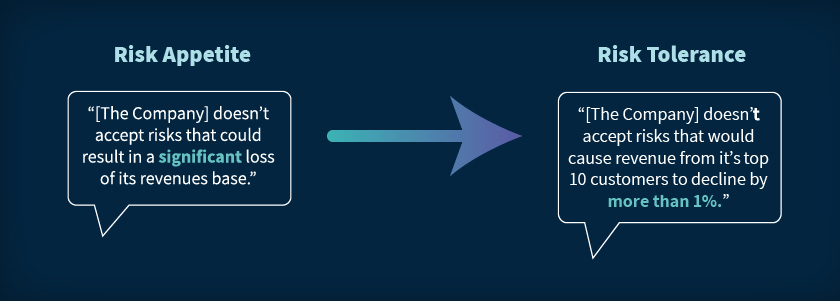



Risk Appetite Vs Risk Tolerance 21 Definition Examples




When Using A Level Capacity Strategy Or Level Chegg Com
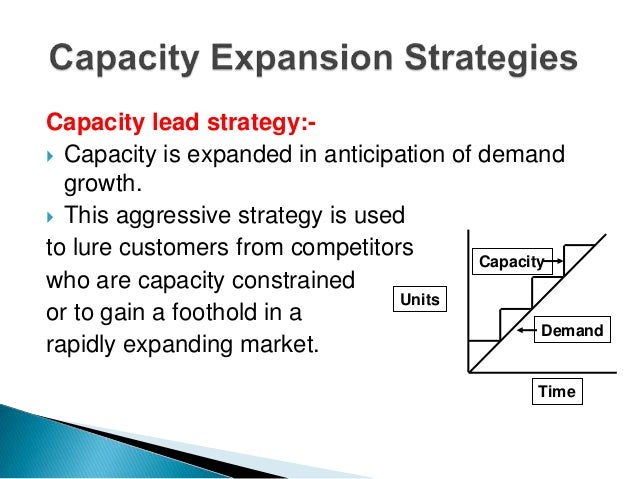



Capacity Management
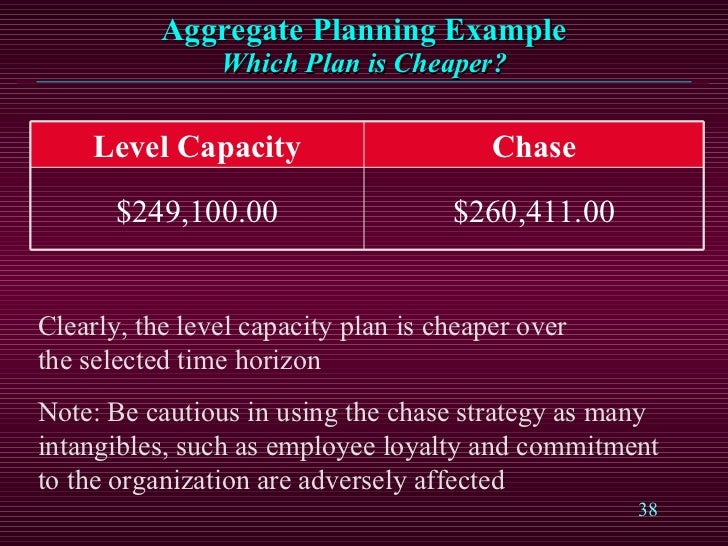



Sales Amp Operations Planning




Competitive Advantage Tutor2u




What Is Capacity Planning Examples Types Optimoroute
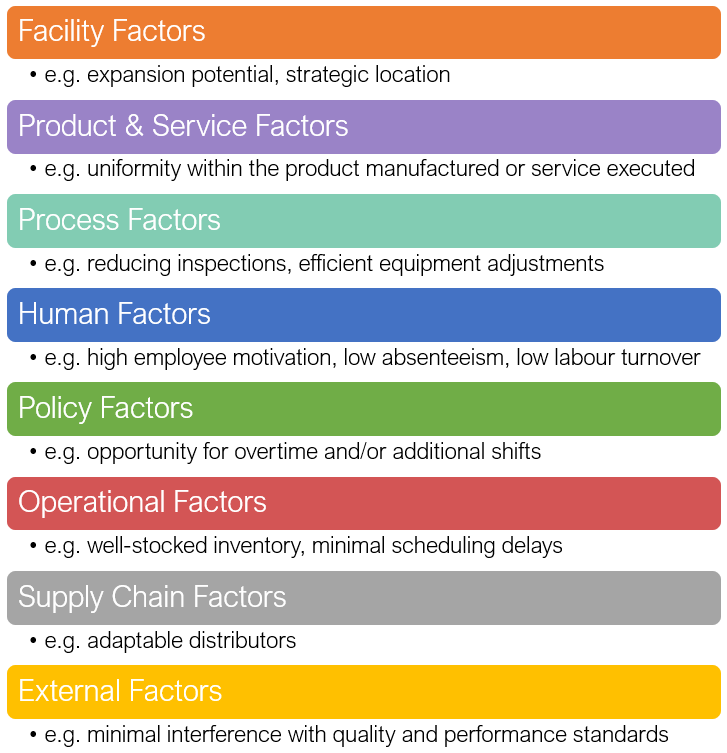



Strategic Capacity Planning Introduction To Operations Management



What Is Capacity Planning Examples Types Optimoroute




R K Strategies Bioninja
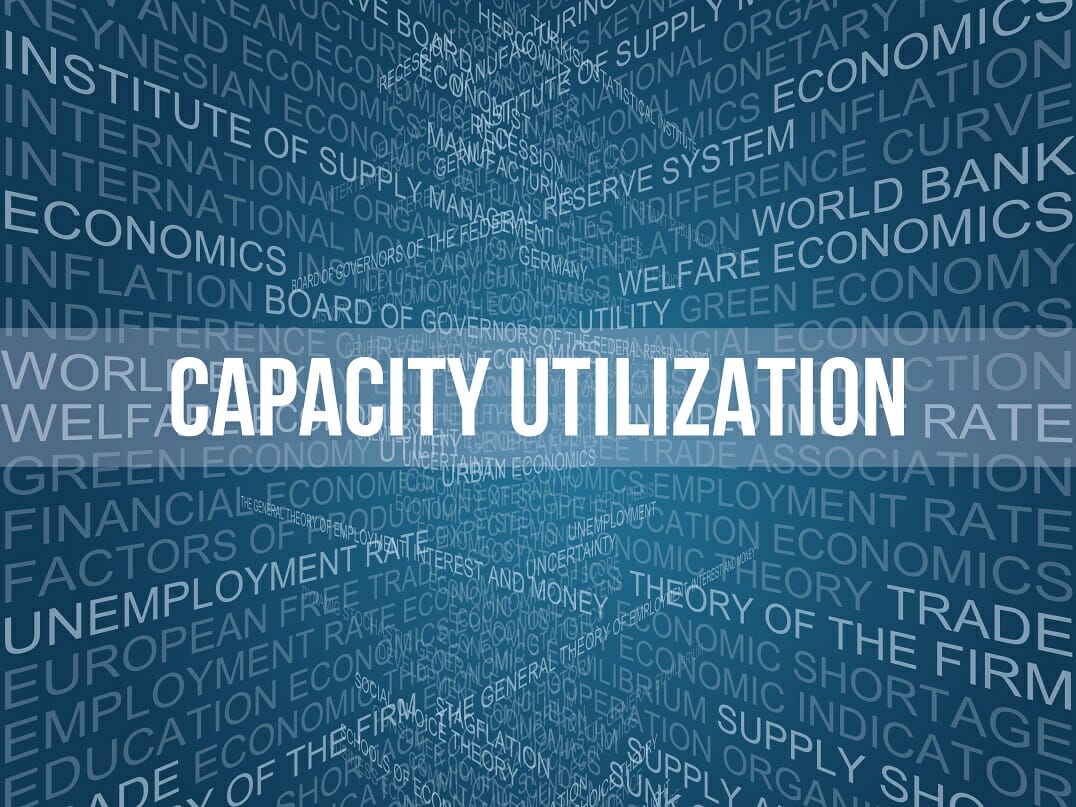



Capacity Utilization Definition Example And Economic Significance




Aggregate Planning Strategy Organization Levels System Examples Model Type Company System
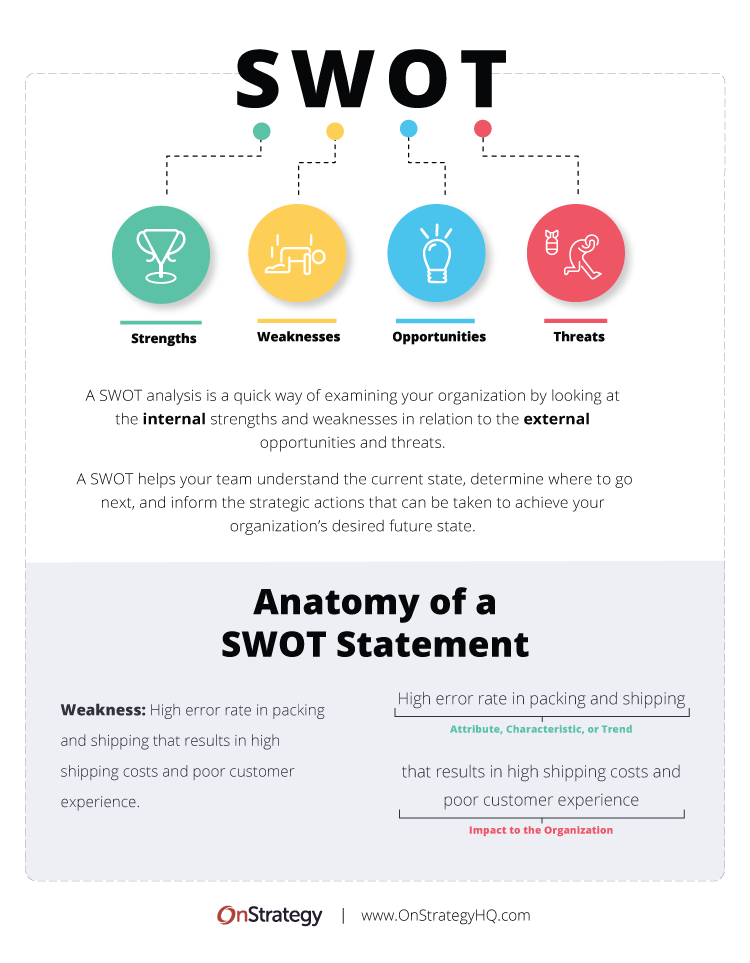



Internal External Analysis Onstrategy Resources
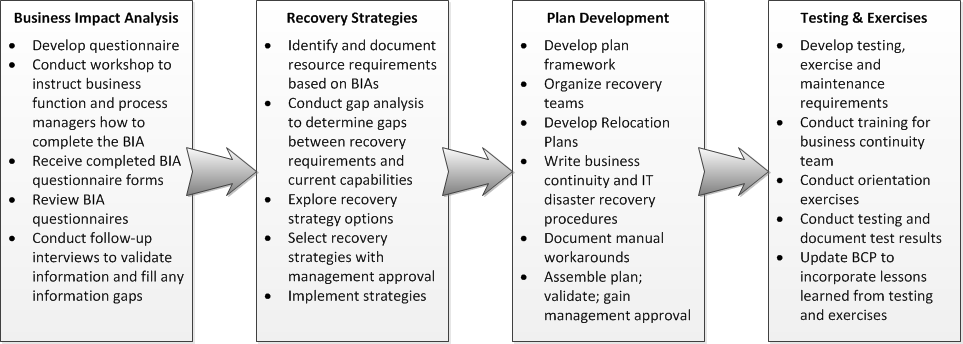



Business Continuity Plan Ready Gov
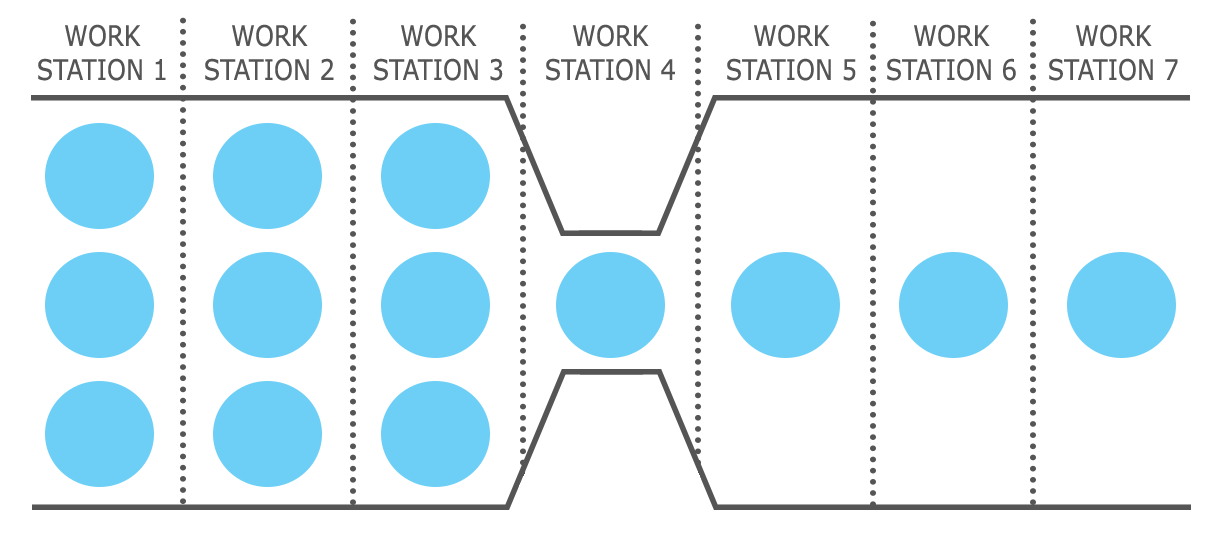



Strategic Capacity Planning Introduction To Operations Management




Simulated Capacity 10 Level Vs Snr For Example 1 Picocell Download Scientific Diagram




How To Implement Business Capacity Planning Strategies Steps
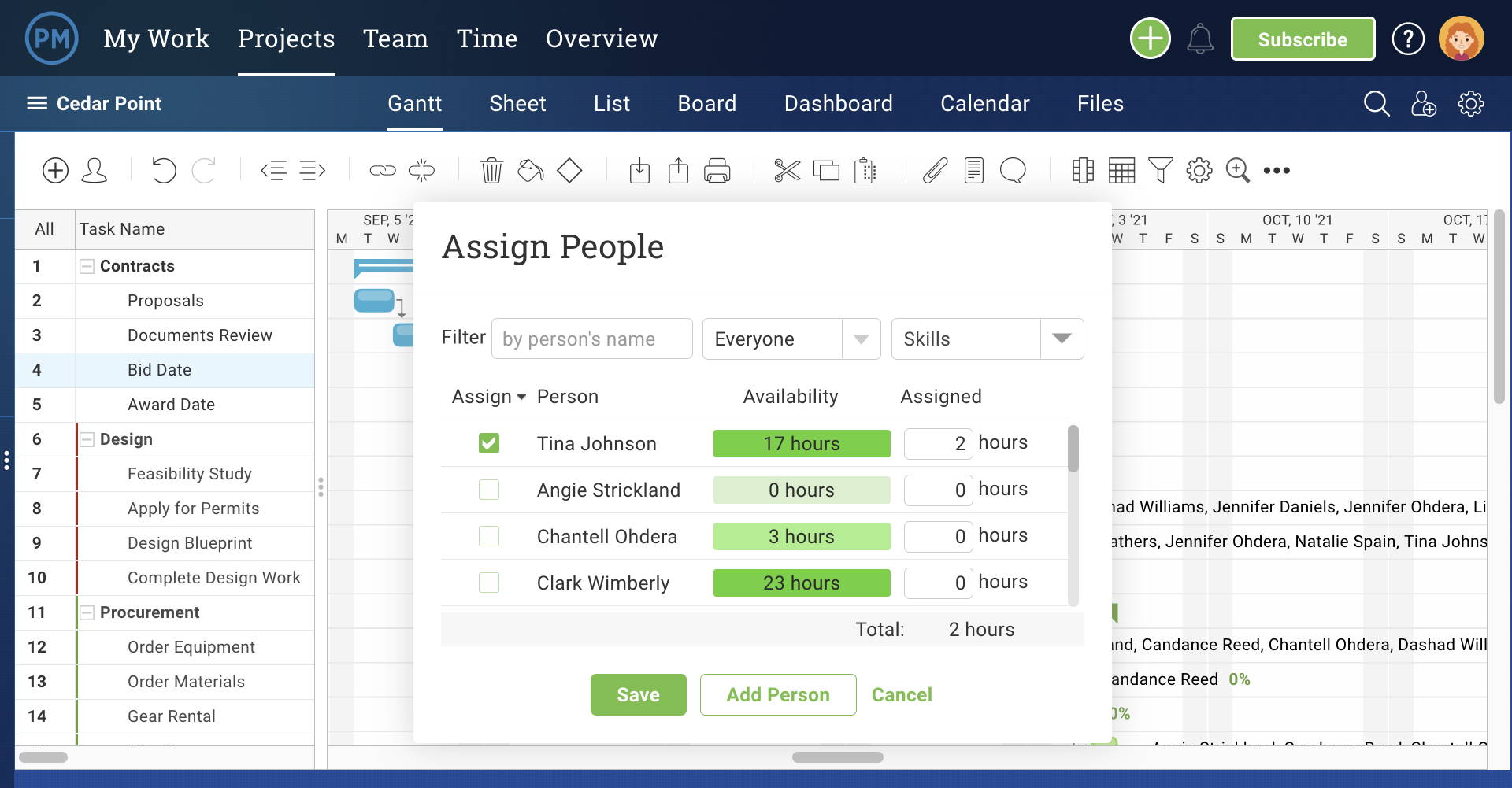



Capacity Planning What Is It And How Do I Implement It Projectmanager Com




3 Types Of Capacity Planning Strategies Valq




How To Create A Human Resource Strategy Aihr Digital




Basic Strategies Level Capacity Strategy Chase Demand Strategy Ppt Download




3 Types Of Capacity Planning Strategies Valq
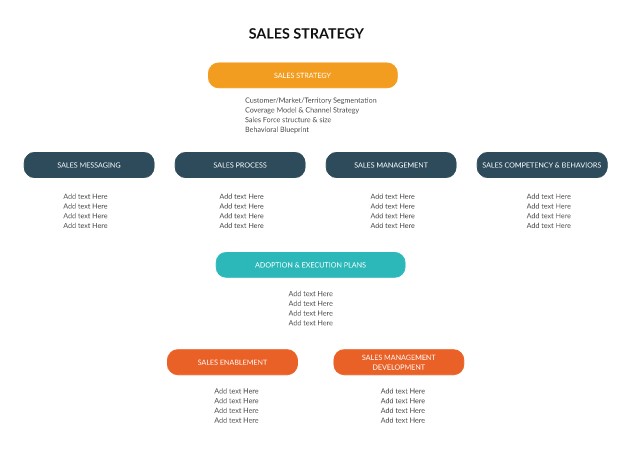



How To Create A Sales Plan Template Examples
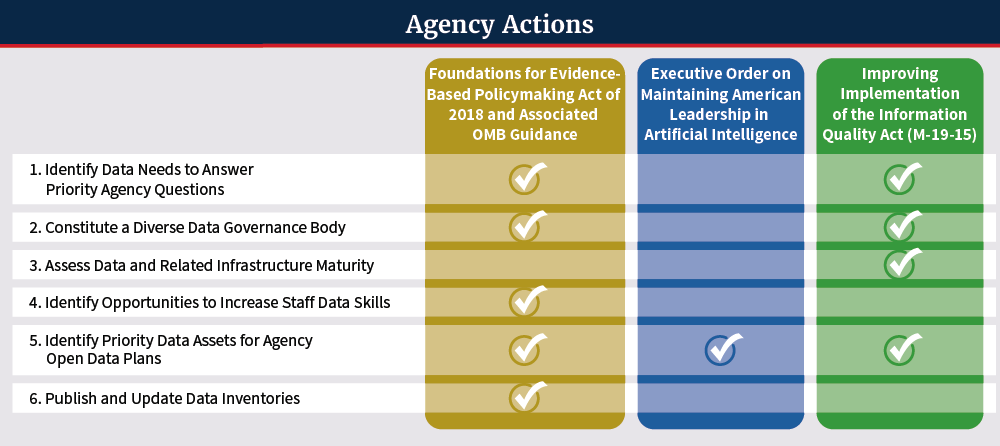



Action Plan Federal Data Strategy
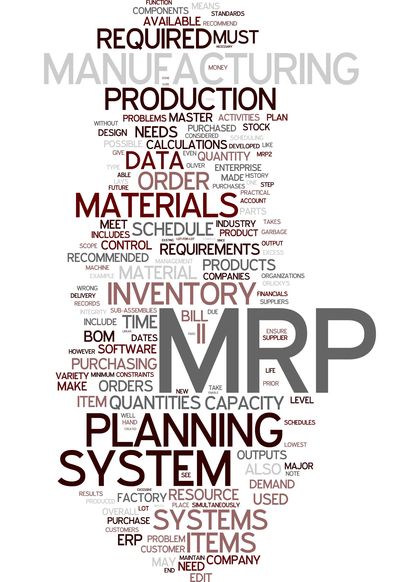



Capacity Planning Organization System Examples Definition System Long Term Capacity Planning




Subject 3 Capacity Management Studocu




Distribution Strategy Cutting Edge Distribution Strategies 21
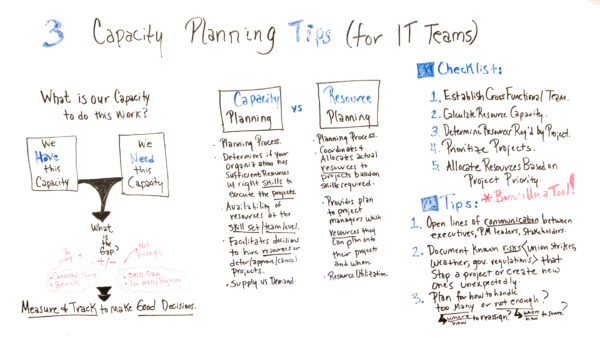



Capacity Planning What Is It And How Do I Implement It Projectmanager Com




Operations Strategy With Examples Studiousguy




4 Steps To Strategic Human Resource Planning Lucidchart



1
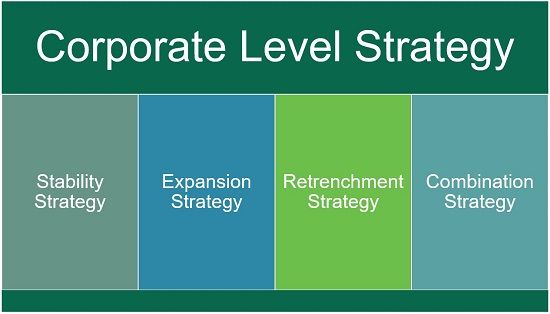



What Is Corporate Level Strategy Definition Salient Features And Classification Business Jargons




Capacity Planning Types Lead Lag Average Strategies Video Lesson Transcript Study Com



1



Master Production Schedule




Capacity Building Wikipedia




Capacity Utilization Manufacturing Kpi Examples Sisense
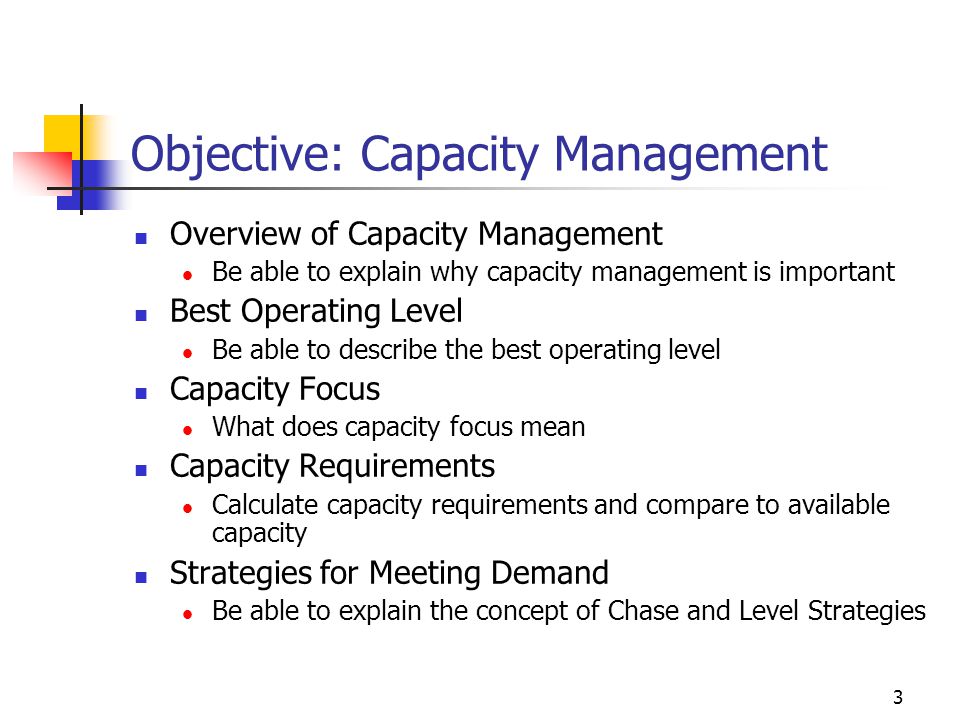



Strategic Capacity Planning Aggregate Planning Ppt Video Online Download




What Is Organizational Development A Complete Guide Aihr Digital
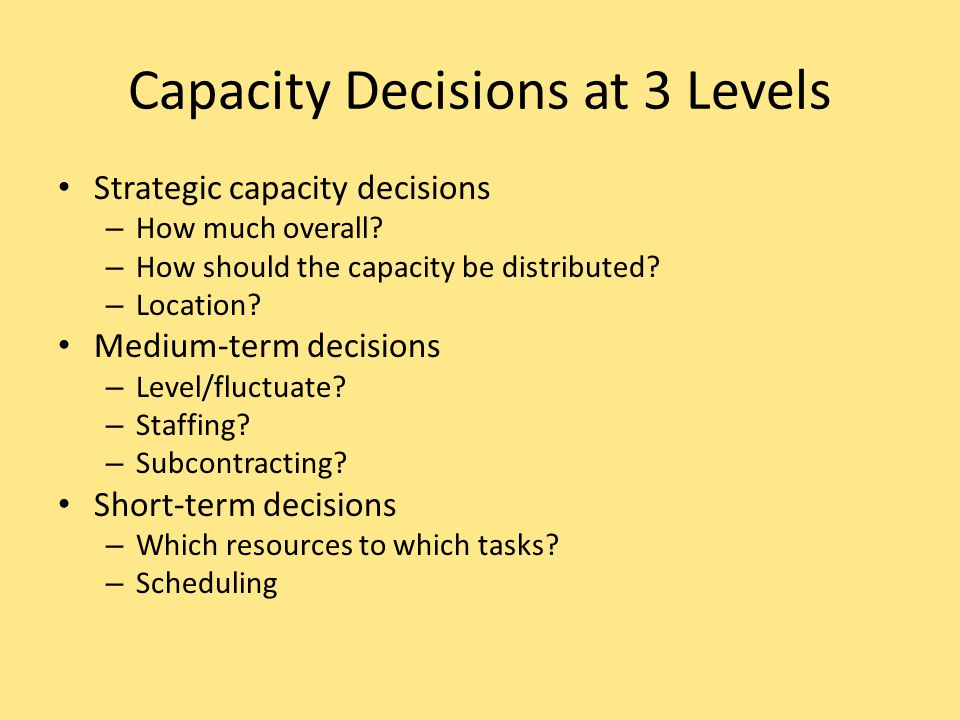



Operations Strategy Capacity Strategy Ppt Video Online Download




Strategic Capacity Planning Introduction To Operations Management




Ge Mckinsey Matrix Explained With Examples B2u
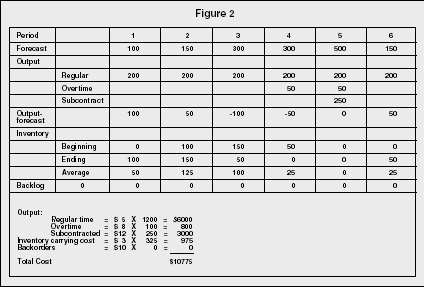



Aggregate Planning Strategy Organization Levels System Examples Model Type Company System



Master Production Schedule
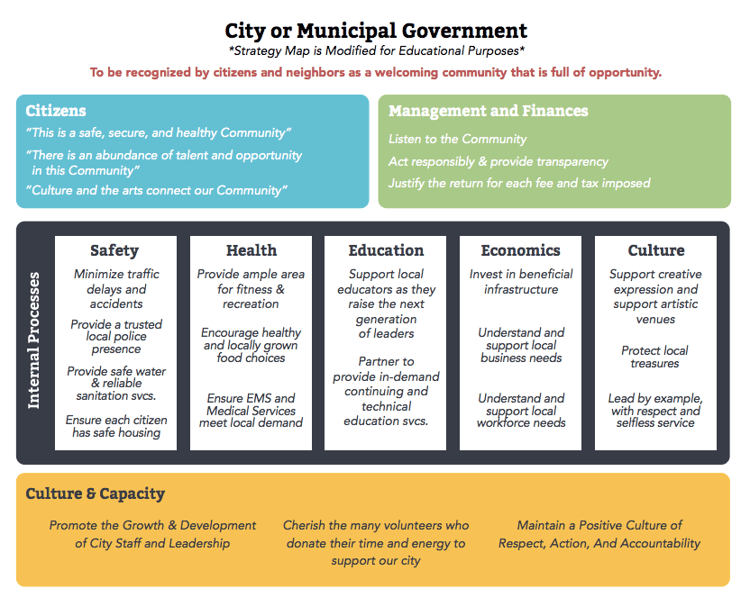



A Full Exhaustive Balanced Scorecard Example Clearpoint Strategy
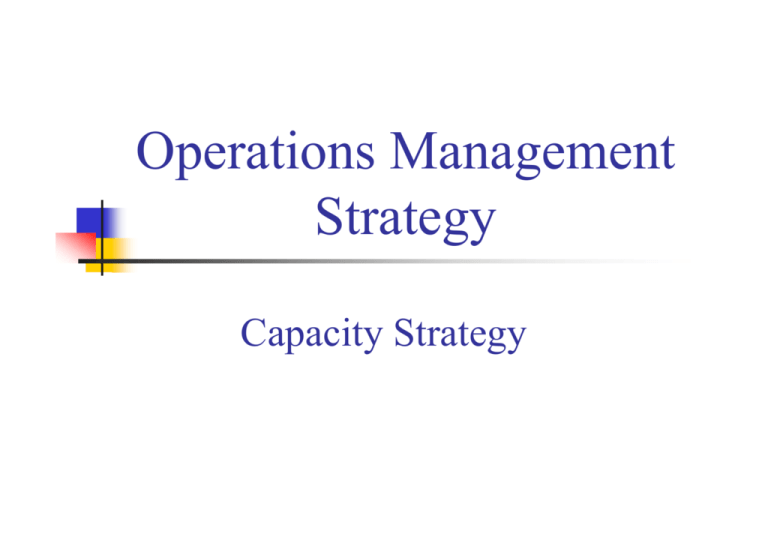



4 Capacity Strategy




Aggregate Capacity Planning Pdf Free Download
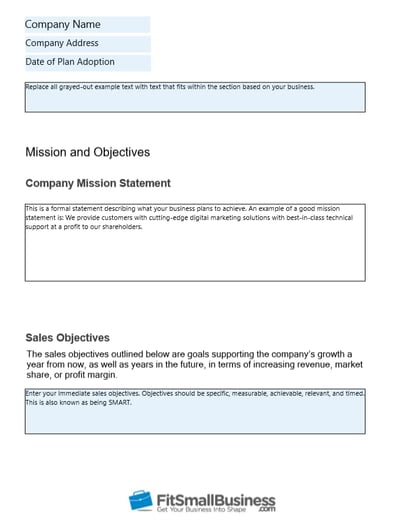



How To Create A Sales Plan Template Examples




Operations Management Chase Or Level Production Term Paper



0 件のコメント:
コメントを投稿